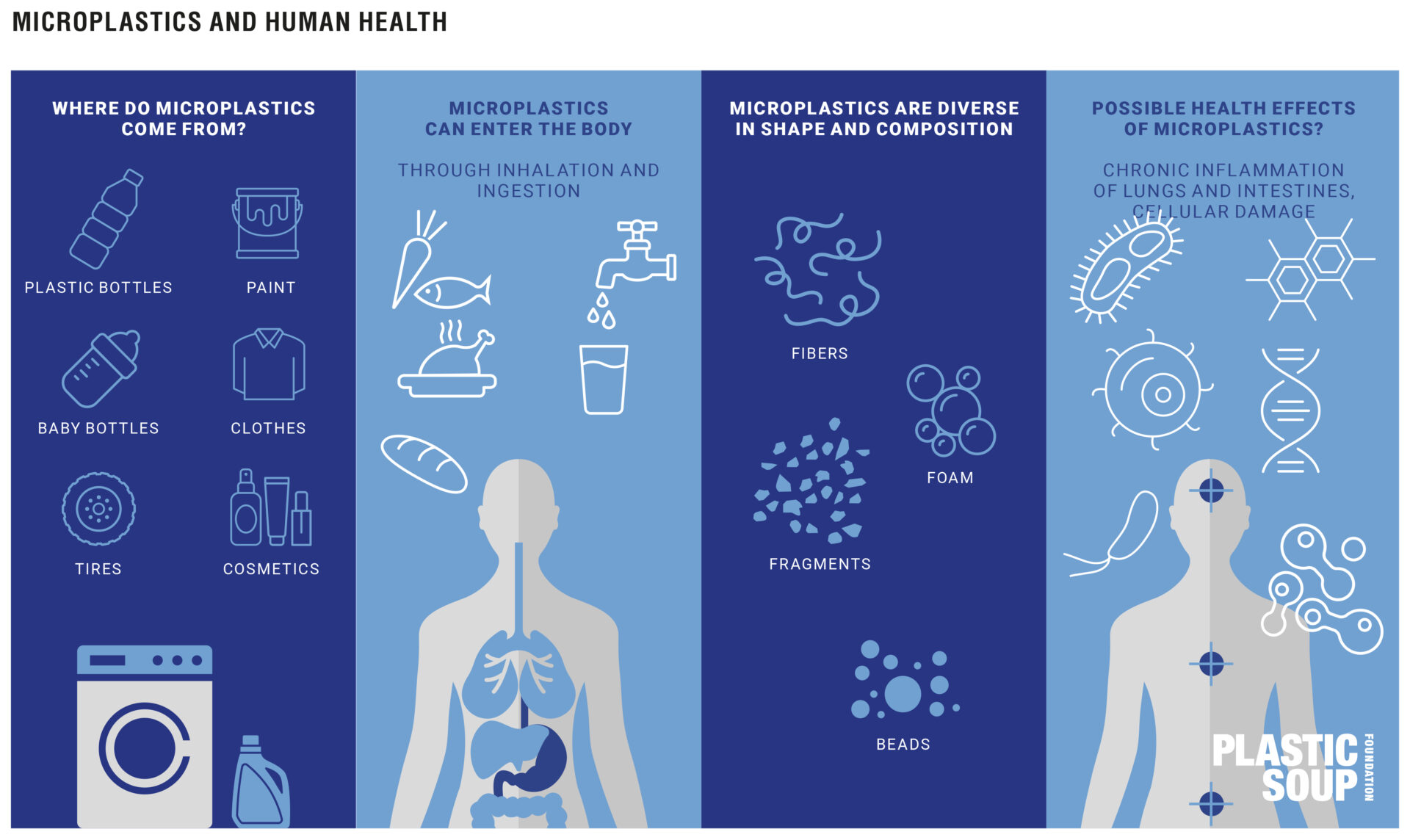A scientific study published this summer found – for the first time – microplastics in the human heart. Last year, researchers found them in our blood, others in our brain. Two years ago, Seas At Risk released a study on microplastics in the marine environment, identifying multiple sources and impacts.
Research is showing a growing list of once unreachable places that plastic pollution is spoiling, ranging from ecosystems thought to be pristine like the Arctic, remote islands or the deep sea to the most inner parts of the human body, all due to the prevalence of microplastics
As plastic production grows exponentially – global plastic production is expected to skyrocket to 34 billion metric tonnes by 2050 – this is becoming our new reality. From the clothing we wash and wear, to the tires of our cars or the packaging that protects the food we eat; plastic – and subsequent microplastic pollution – has become ubiquitous and a bleak staple in our everyday lives.
If the effects of microplastics on human health are still under investigation, past studies have shown microplastics to have dangerously toxic potential. Forever chemicals like PFAS (per- and polyfluoroalkyl substances) and known endocrine disruptors such as BPA (bisphenol A) are being phased out of new plastics, but multiple hazardous substances remain in the million tonnes of macro- and microplastics already widespread in the environment. These chemicals can disturb the way the human body works, the way plants and animals grow and reproduce. For example, many studies have already proven microplastics a threat to oyster reproduction and water flea swimming behaviours. Textile workers have also been shown to suffer from conditions resulting from inhaling microplastics from synthetic textiles.
These same plastics that industry says “protect us” from health issues, can also carry pathogens and invasive species and make us sick.

Graphic © Plastic Soup Foundation
This year, the European Union had a unique opportunity to stem microplastic pollution before the crisis spun out of control. The long-awaited measures on microplastic emissions to the environment have been in the pipeline since 2020 and were only released in October 2023, alongside an awareness-raising brochure promoting the EU’s action on microplastic pollution.
The proposed measures fell flat, covering only plastic pellets and microplastics intentionally added to products and leaving other pervasive microplastics unregulated. Between lengthy delays and lacklustre proposals, it is clear that the EU is insensitive to the urgency of the pollution problem, leaving humans and animals alike defenceless against the growing tide of microplastic pollution.
On Wednesday, the European Parliament votes on new Euro 7 standards aimed at tackling emissions from vehicles, including microplastics from tyres. The environment committee has already shown their lack of ambition by extending deadlines to set tyre emissions limits to 2035 for trucks and buses. Can this week’s plenary reverse the trend and fight for quicker action? All eyes are on Parliament to close the deal before the end of the mandate.
Posted on: 6 November 2023


